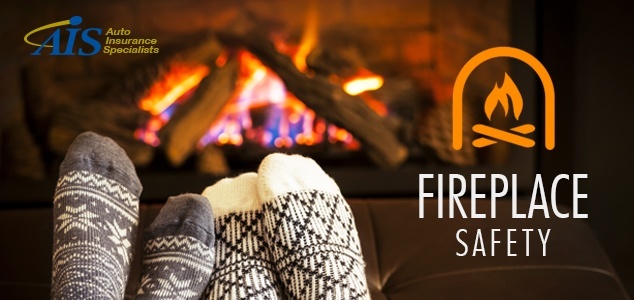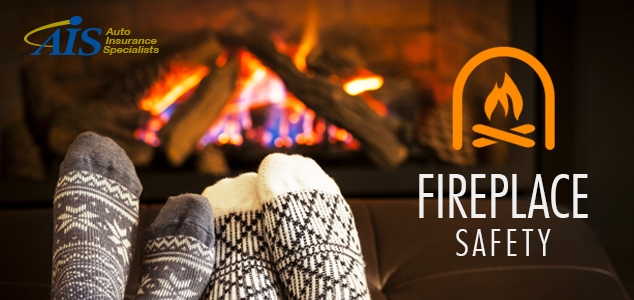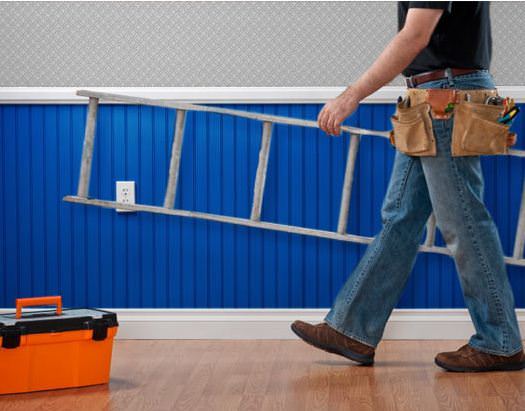Your fireplace adds warmth and beauty but is potentially dangerous if you fail to exercise necessary safety precautions. Burns and illnesses are examples of safety risks related to in-house fireplaces. Exercise proper safety measures, and your fireplace will likely bring great enjoyment for years to come.
Understand the Basics
Regular maintenance checks help to ensure that your fireplace is thoroughly cleaned and working properly. You should never burn rolled newspapers, plastic or garbage in your fireplace. It is also very important that you never use a liquid accelerant to start the fire.
Gas fireplace safety
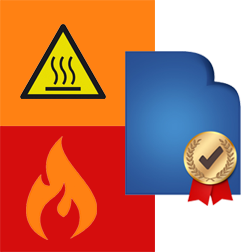 It is crucial to have your gas fireplace properly installed only by a certified technician. You can ask to see documentation that verifies the technician installing or servicing your gas fireplace is properly certified. Only properly trained technicians should perform maintenance checks and any necessary work on a gas fireplace. As documented cases of children suffering serious burns from glass fireplace enclosures mounted, consumer organizations and parent groups demanded implementation of safety regulations. Manufacturers instead developed their own solutions. While gas fireplace screens still reach a temperature of up to 500 degrees, new types of barriers can now protect hands from coming into direct contact with the screens. If your gas fireplace does not have a protective barrier, get one installed. Another alternative is to purchase a new fireplace screen that has the barrier, which can potentially prevent serious burns or other injuries.
It is crucial to have your gas fireplace properly installed only by a certified technician. You can ask to see documentation that verifies the technician installing or servicing your gas fireplace is properly certified. Only properly trained technicians should perform maintenance checks and any necessary work on a gas fireplace. As documented cases of children suffering serious burns from glass fireplace enclosures mounted, consumer organizations and parent groups demanded implementation of safety regulations. Manufacturers instead developed their own solutions. While gas fireplace screens still reach a temperature of up to 500 degrees, new types of barriers can now protect hands from coming into direct contact with the screens. If your gas fireplace does not have a protective barrier, get one installed. Another alternative is to purchase a new fireplace screen that has the barrier, which can potentially prevent serious burns or other injuries.
Dangers related to vent-free gas logs
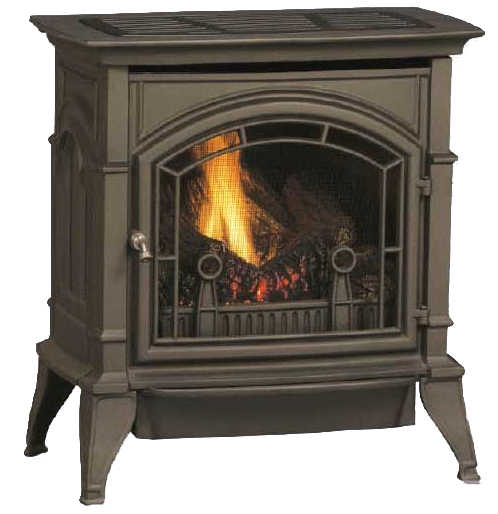 Consumers using vent-free gas logs may complain of odors, mold, mildew and health-related issues such as headaches or overall ill feeling. The byproducts of combustion, such as carbon monoxide and nitrogen dioxide are considered likely causes. The majority of chimney sweeps and hearth installers recommend that homeowners install a direct-vent gas log insert or fireplace to decrease dangerous safety risks.
Consumers using vent-free gas logs may complain of odors, mold, mildew and health-related issues such as headaches or overall ill feeling. The byproducts of combustion, such as carbon monoxide and nitrogen dioxide are considered likely causes. The majority of chimney sweeps and hearth installers recommend that homeowners install a direct-vent gas log insert or fireplace to decrease dangerous safety risks.
Wood-burning fireplace safety
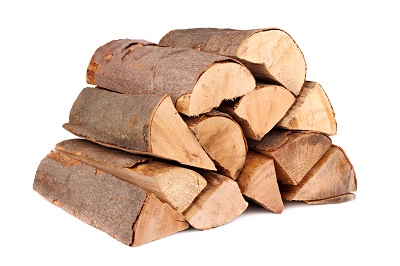 Before lighting a fire, make sure the area is free of flammable hazards such as books or newspapers. Have a chimney cap installed, which protects against debris or animals from blocking your chimney. Use only seasoned firewood of the right length, and never overload the fireplace. An exercise good safety measure by always making sure the fire is out before leaving home or going to bed.
Before lighting a fire, make sure the area is free of flammable hazards such as books or newspapers. Have a chimney cap installed, which protects against debris or animals from blocking your chimney. Use only seasoned firewood of the right length, and never overload the fireplace. An exercise good safety measure by always making sure the fire is out before leaving home or going to bed.
Follow fireplace safety precautions to increase efficiency, minimize dangers and to provide safe enjoyment of your fireplace.
The information in this article was obtained from various sources. This content is offered for educational purposes only and does not represent contractual agreements, nor is it intended to replace manuals or instructions provided by the manufacturer or the advice of a qualified professional. The definitions, terms and coverage in a given policy may be different than those suggested here and such policy will be governed by the language contained therein. No warranty or appropriateness for a specific purpose is expressed or implied.
